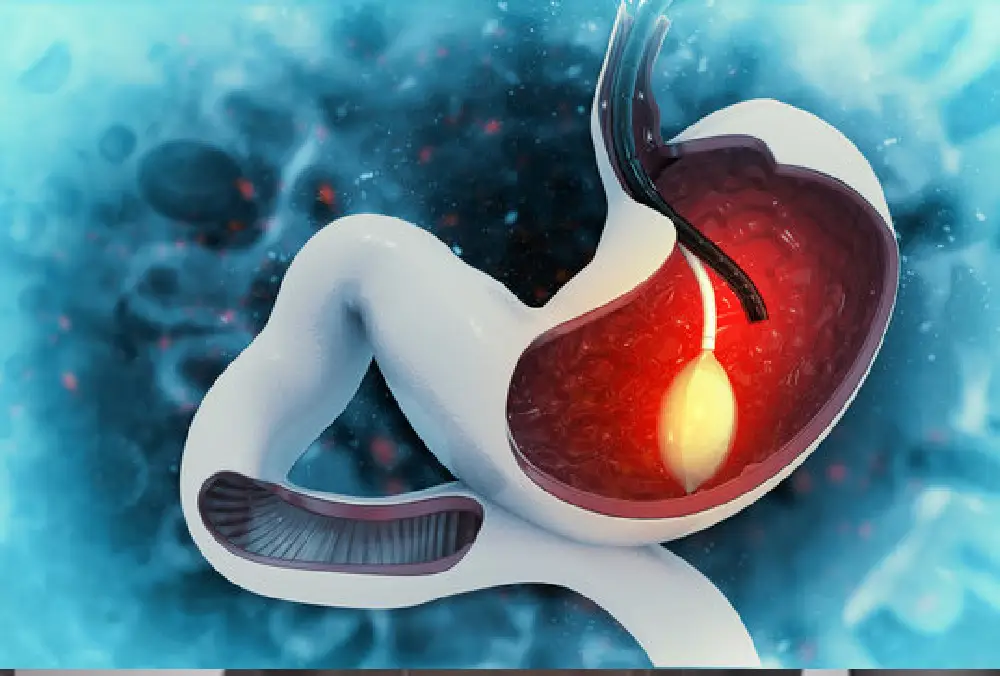Endoscopy Treatment
Home -> Endoscopy Treatment

- Gall Bladder Treatment
- Gastric Reflux Surgery
- Bariatric Treatment
- Irritable Bowel Syndrome
- Reflux
- Endoscopy
- Abdominoplasty
Overview
Endoscopy is a therapeutic and diagnostic treatment that enables medical professionals to assess and manage diseases related to the digestive system. It can detect problems like ulcers, tumors, and bleeding and facilitate procedures like polyp excision, stent implantation, and dilatation of constricted regions. Tissue biopsies and bile duct issues can be treated with the process using methods such as Endoscopic Retrograde Cholangiopancreatography (ERCP). Endoscopy is a minimally invasive procedure that can assist successfully treat a variety of gastrointestinal disorders.
What are the types of Endoscopy?
Different regions of the body can be examined using different forms of endoscopy:
Gastroscopy (Upper Endoscopy):
- Purpose: Examines the esophagus, stomach, and the first part of the small intestine.
- Use: Diagnoses and treats conditions such as ulcers, gastritis, and tumors.
Colonoscopy:
- Purpose: Examines the entire colon and rectum.
- Use: Detects colorectal cancer, polyps, and inflammatory bowel disease.
Sigmoidoscopy:
- Purpose: Examines the rectum and the lower part of the colon (sigmoid colon).
- Use: Identifies problems like polyps, inflammation, and bleeding.
Endoscopic Retrograde Cholangiopancreatography (ERCP):
- Purpose: Examines and treats issues in the bile and pancreatic ducts.
- Use: Diagnoses and removes bile duct stones, treats strictures, and assesses pancreatic issues.
Bronchoscopy:
- Purpose: Examines the airways and lungs.
- Use: Diagnoses and treats conditions like infections, tumors, and obstructions in the respiratory tract.
Symptoms
Although most endoscopies are well tolerated, depending on the procedure’s specifics, patients may have certain transient symptoms or adverse effects:
Gastroscopy
Colonoscopy
Sigmoidoscopy
ERCP
Bronchoscopy
Cystoscopy
Laparoscopy
Hysteroscopy
